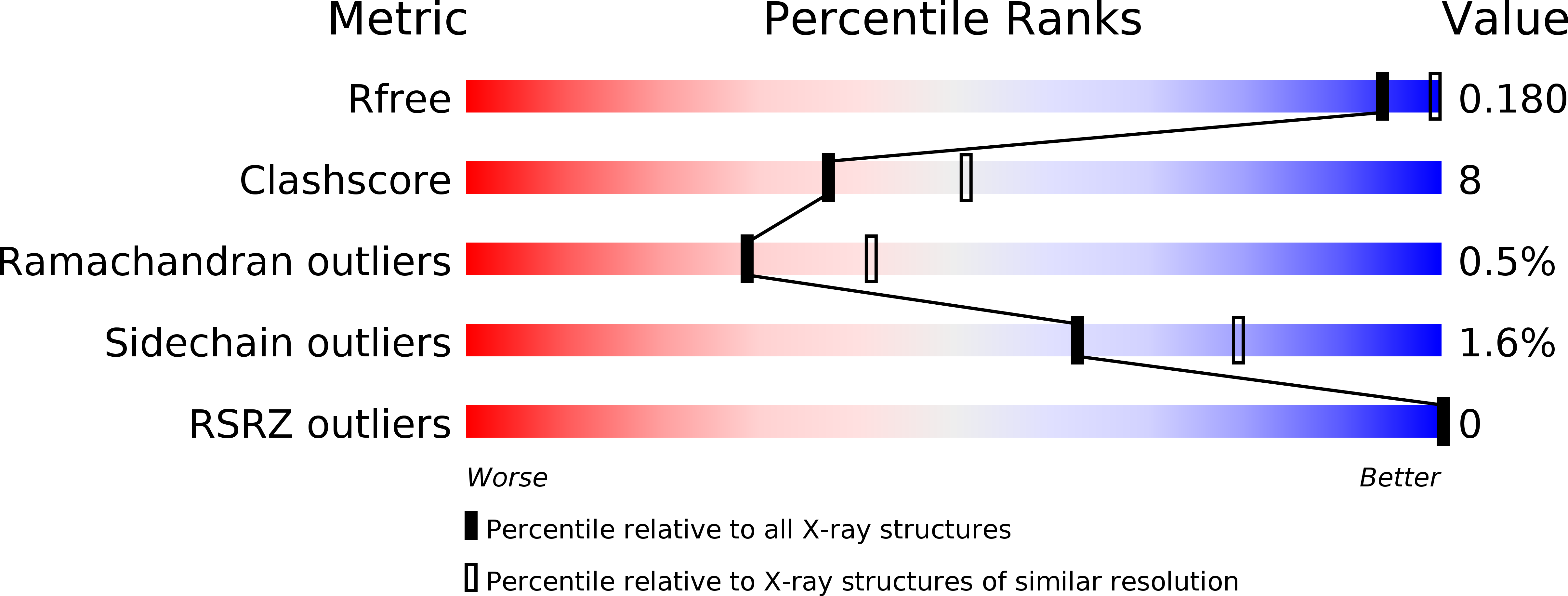
Deposition Date
2001-11-15
Release Date
2002-11-15
Last Version Date
2024-11-20
Method Details:
Experimental Method:
Resolution:
2.40 Å
R-Value Free:
0.26
R-Value Work:
0.20
R-Value Observed:
0.20
Space Group:
P 21 21 21


